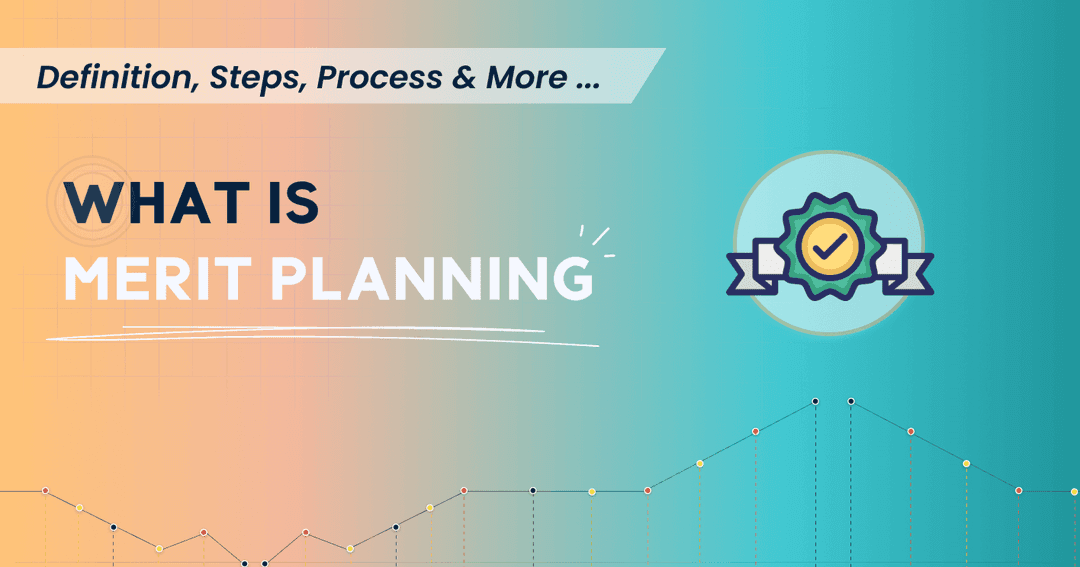
According to a study, the average merit increase of an individual is around 10%.
It is important for the modern workforce that their organization justify this increase with objective calculation. Compensation and benefits professionals hence need to have a merit planning structure that involves key metrics to avoid any biases in the assessment of employee performance.
The key metrics involved in merit planning can be decided by doing a deep study of the industry standards and the internal compensation philosophy of your organization.
Let’s have a look at how to optimize your merit planning with the best practices in the industry that are aligned with your business goals.
Merit planning is a process that allows organizations to adjust and increase an employee’s compensation package including both base salary and non-cash incentives. This structure also has the scope for adding promotions and jumping in job levels if an employee has been performing exceptionally.
Merit planning is majorly influenced by certain factors like:
Employee performance - employee productivity and efficiency should be the most important factor that drives an individual’s merit increase.
There are a lot of reasons why merit planning is important for your organization:
Calculating merit increase should have a set process that can be used to streamline your merit planning process:
Set up clear KPIs that dictate your compensation planning. These might differ according to your compensation philosophy and compensation maturity. The major KPIs that are currently trending in the industry are:
Setting up a budget for merit planning is different from crafting the whole compensation package. It requires merging the salary increase from different factors into one common average number. It makes the calculations complex and hence it is important to have a set budget for every function and more importantly for managers to run a smooth merit cycle.
As per a study, 44% of organizations have to experience employee leaving because of incompetent salary structure. Internal and external benchmarks are used to plan merit increases according to market data.
Comparing your salaries against industry standards with the use of compensation surveys and internal data also ensures an equitable pay structure and fair pay practices.
It is a framework that helps you combine employee performance ratings with those of the salary bands to determine merit increases for employees.
Employees are usually categorized in the performance rating group of “exceeds expectations”, “meets expectations”, or “needs improvement”. The calculations are based on the ratings employees receive. For example, these are the ratings given to an employee belonging to the respective categories:

In this case, the individual calculations would look like:
For an employee earning $60,000 with a "Meets Expectations" rating:
Raise Amount = $60,000 × 0.03 = $1,800
New Salary = $60,000 + $1,800 = $61,800
A Payscale survey states that around 53% of employees feel that managers at their workplace do not have adequate training for communication compensation to employees.
In a lot of scenarios, companies are making serious efforts to optimize compensation for high-performing employees, but the workforce remains unaware of the initiatives being implemented in the merit programs. Having a communication plan is very important to bring your employees on the same page and build trust and loyalty in the workplace during a merit raise cycle.
Here are some tips to have a friction-less merit increase program for compensation teams:
CompUp is a compensation management software driven by AI capabilities to resolve merit planning complexities and automate compensation decisions. It has several features that aid in easy navigation and automate merit calculations for better precision.
CompUp has a section that helps study your budget utilization during merit planning. It highlights areas where you were able to save costs and where there was a need for extra investment. This allows you to allocate resources in a better way in future merit cycles.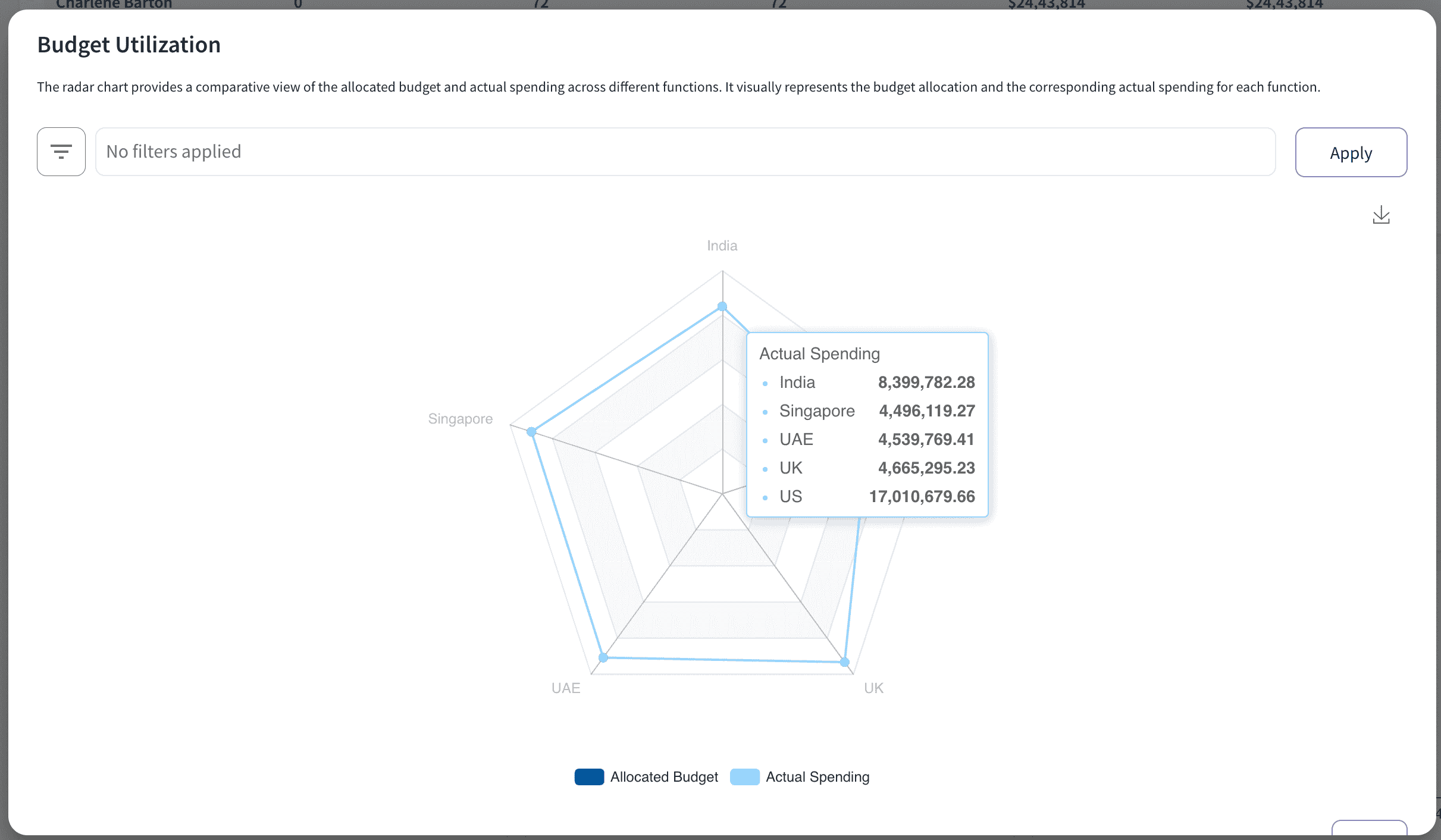
The platform helps you with a pay gap analysis to identify and eliminate internal pay disparities for equitable merit planning.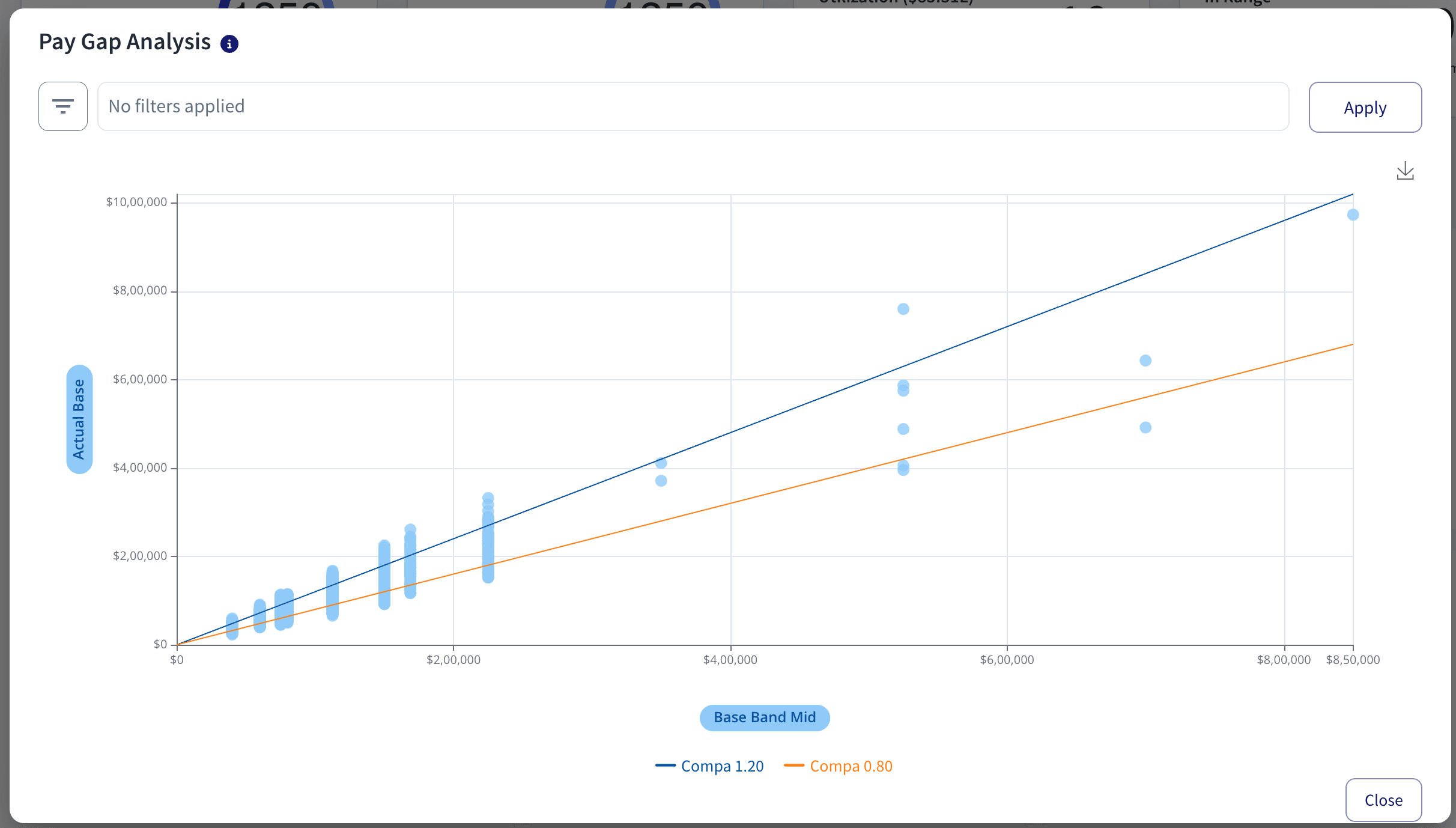
CompUp helps you visualize increment distribution based on job levels to create a better understanding of your investments.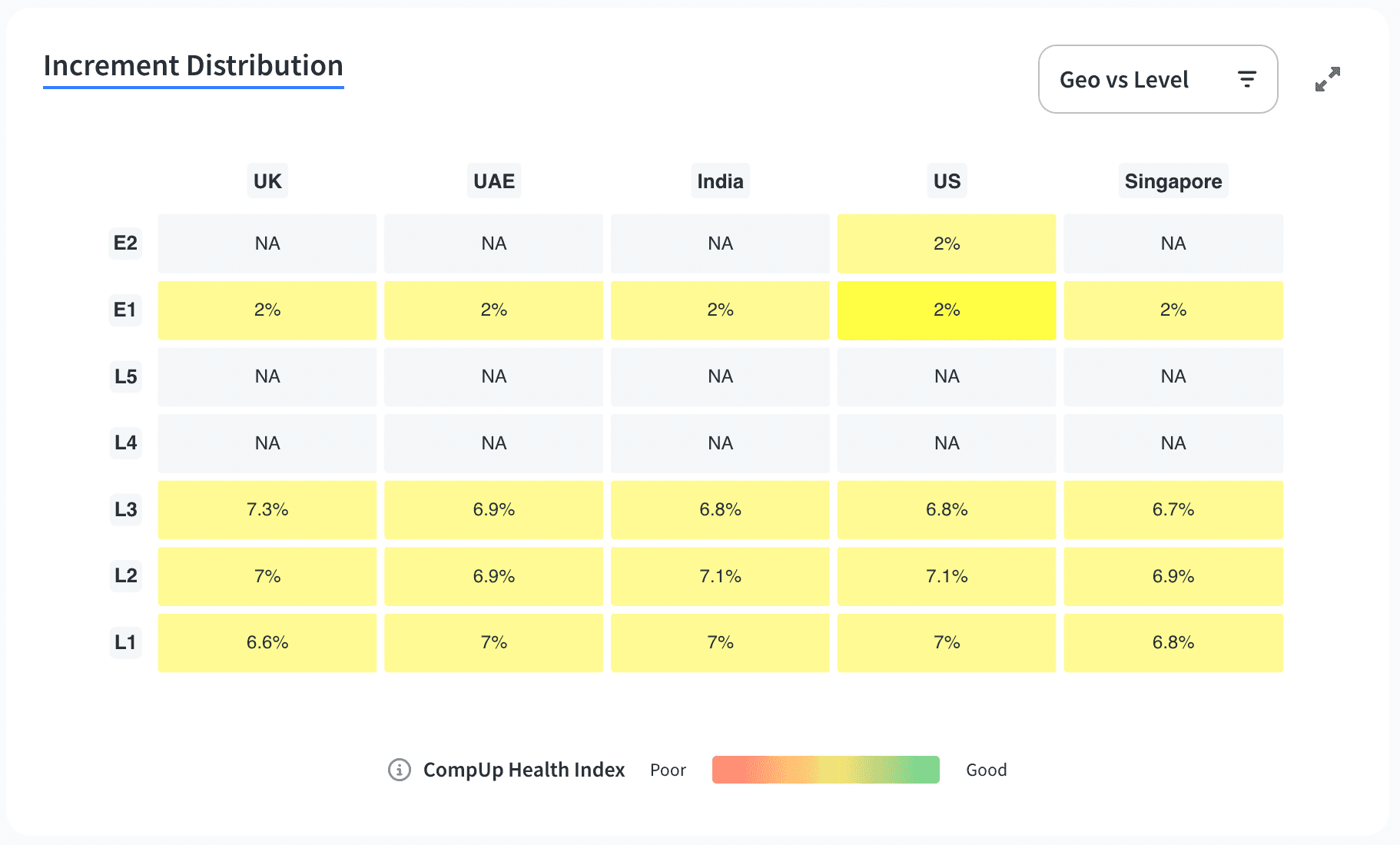
You can also compare your merit increase data with that of your peers in the industry to stay ahead in the talent game with the help of the peer comparison feature in CompUp.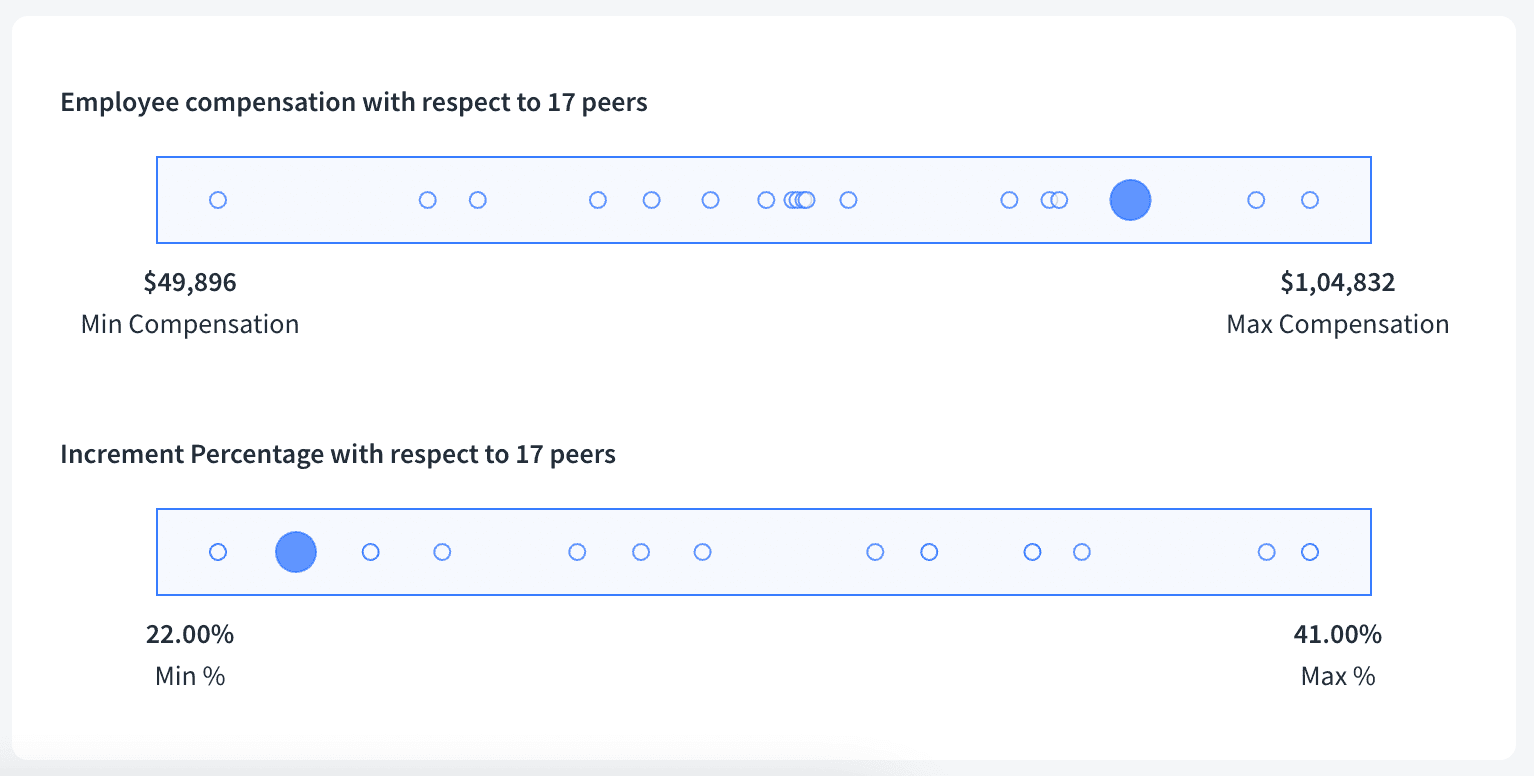
Click here to learn more about how CompUp automates your merit planning for the best results.
Revolutionizing Pay Strategies: Don't Miss Our Latest Blogs on Compensation Benchmarking